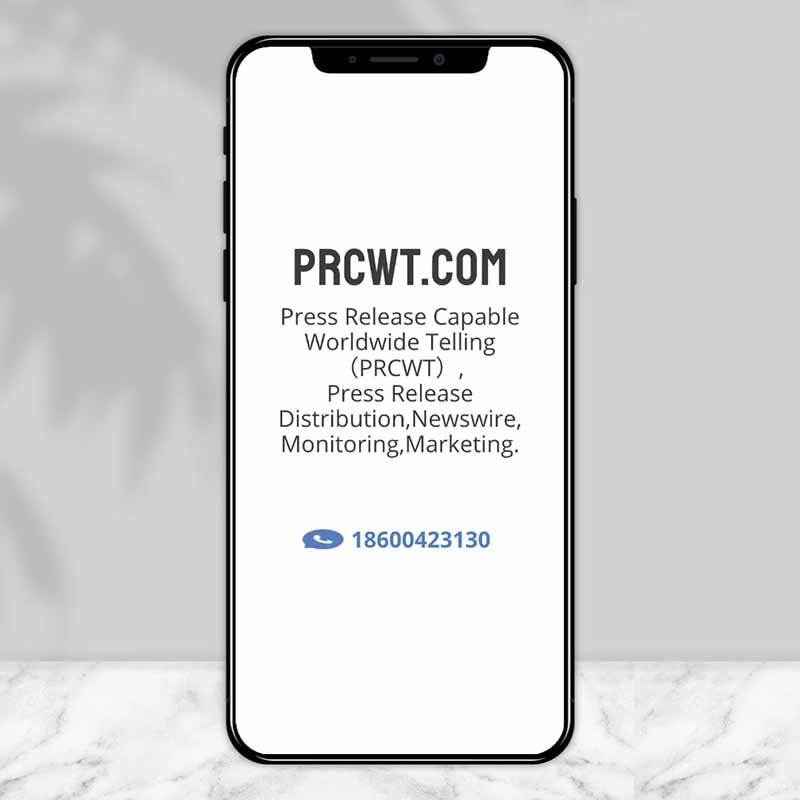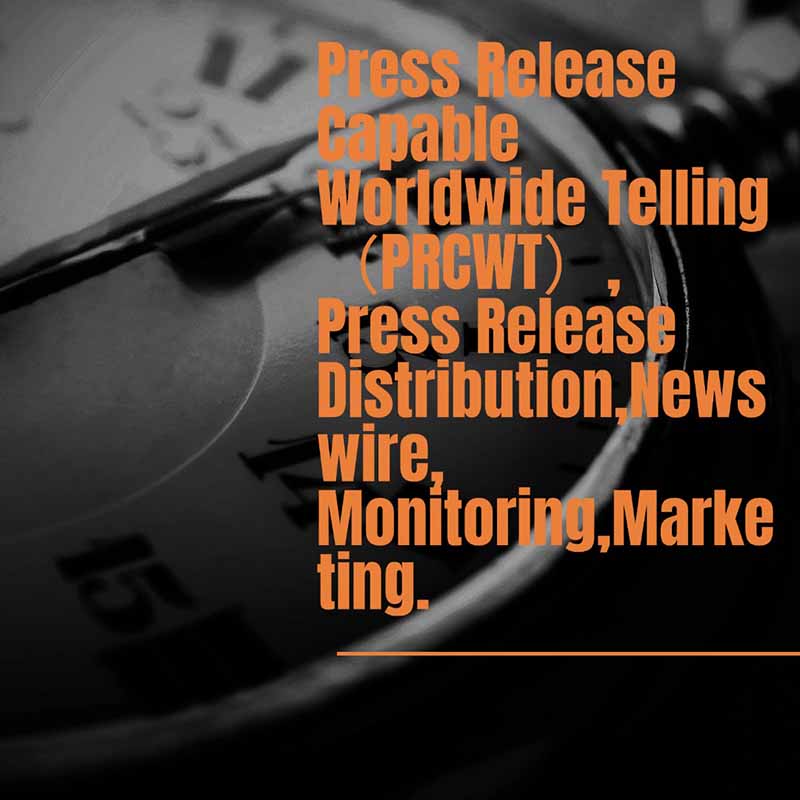In the digital age, media monitoring has become an essential tool for businesses and organizations to stay informed about the latest trends and conversations in the marketplace. It involves the tracking and analysis of various media sources, such as social media, news websites, blogs, and online forums, to gather valuable insights into public opinion, brand sentiment, and market dynamics.
One of the key benefits of media monitoring is its ability to provide real-time information about what people are saying about a particular brand, product, or service. This can help businesses identify potential issues or opportunities early on and take appropriate actions to address them. For example, if a company's brand is receiving negative feedback on social media, it can quickly respond to those comments and take steps to improve its reputation.

Another important aspect of media monitoring is its role in shaping public opinion. By monitoring the media landscape, businesses can identify key influencers and thought leaders who can help promote their brand and message. They can also engage in conversations with consumers and build relationships with them on a more personal level.
In addition to these benefits, media monitoring can also provide valuable insights into market trends and emerging technologies. By analyzing the conversations and discussions taking place in the media, businesses can stay ahead of the curve and make informed decisions about their product development and marketing strategies.
Overall, media monitoring is a powerful tool that can help businesses and organizations gain a competitive edge in the marketplace. By staying informed about the latest trends and conversations, they can build stronger brands, engage with consumers, and drive business growth.
